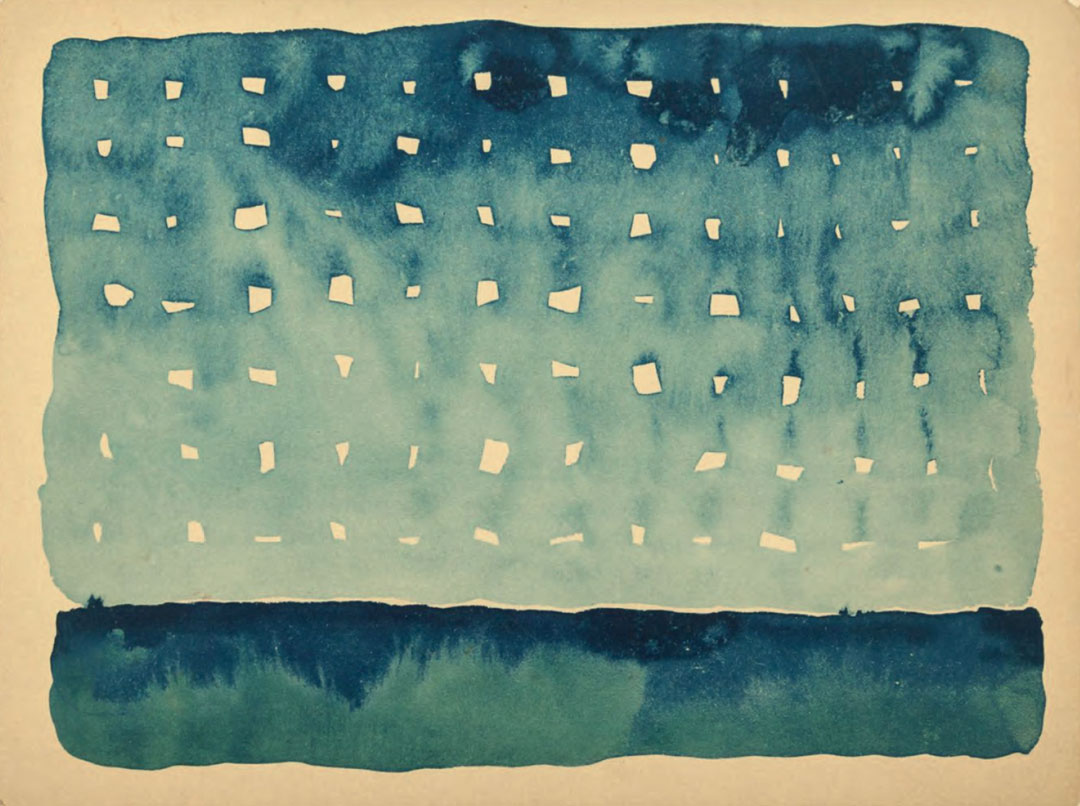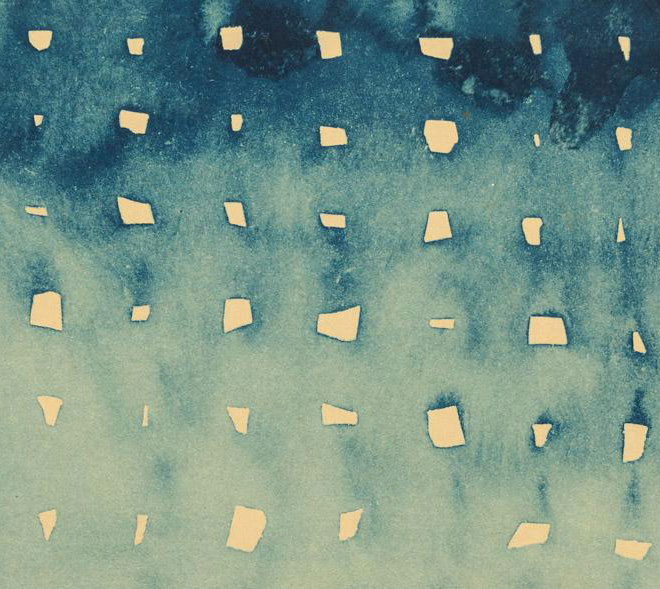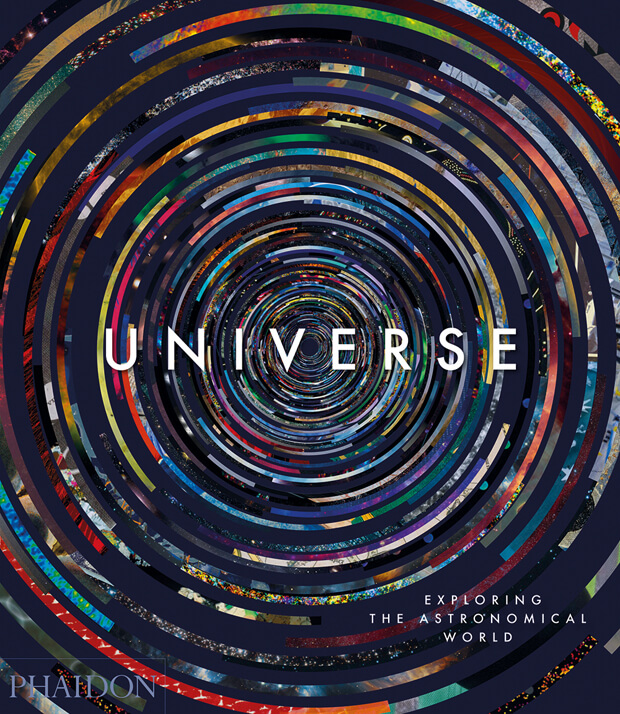
How Georgia O'Keeffe saw the night sky
Here's why Georgia O’Keeffe imposed a little human order on the heavens in her painting Starlight Night
When you look up into the sky at night, what do you see? Our new book, Universe: Exploring the Astronomical World, examines mankind’s response to the cosmos, from the spirit of scientific inquiry that has, over time, revealed the underlying structure of the Universe, through to the religious mysticism that still sees the heavens as the realm of a god or gods.
Despite its geometric appearance, Georgia O’Keeffe’s 20th century painting Starlight Night has more in common with those mystical responses to the stars above. Here’s how our new book examines the painting.
"With this grid of irregular white shapes left amid a wash of watercolour that fades from a near-black to a pinky-violet, the American artist Georgia O’Keeffe not only captured the vastness of the night sky but also suggested the human instinct to try to impose order and pattern on what we see when we look at the heavens," we explain in Universe.

"O’Keeffe painted Starlight Night in 1917 and reproduced it on her Christmas cards in 1963, nearly fifty years after painting it. The painting – which features a strong, flat, deep blue horizon defined by the last vestiges of twilight, the pale blue of the night sky darkening up to the zenith, pierced by glittering stars – has echoes of the work of the Post-Impressionists, particularly Vincent van Gogh.
"O’Keeffe’s artistic vision was increasingly inspired by the natural world – most famously by the landscapes of New Mexico, which she visited often and to where she moved from New York to live permanently in 1949. In a letter to fellow artist Russell Vernon Hunter she offered the advice that she herself was putting into practice: ‘Try to paint your world as though you are the first man looking at it – The wind … and the cold – The dust – and the vast starlit night.'"
To see the ways many other artists, mystics, astronomers, scientists and philosophers have viewed that vast starlit night order a copy of Universe: Exploring the Astronomical World.
